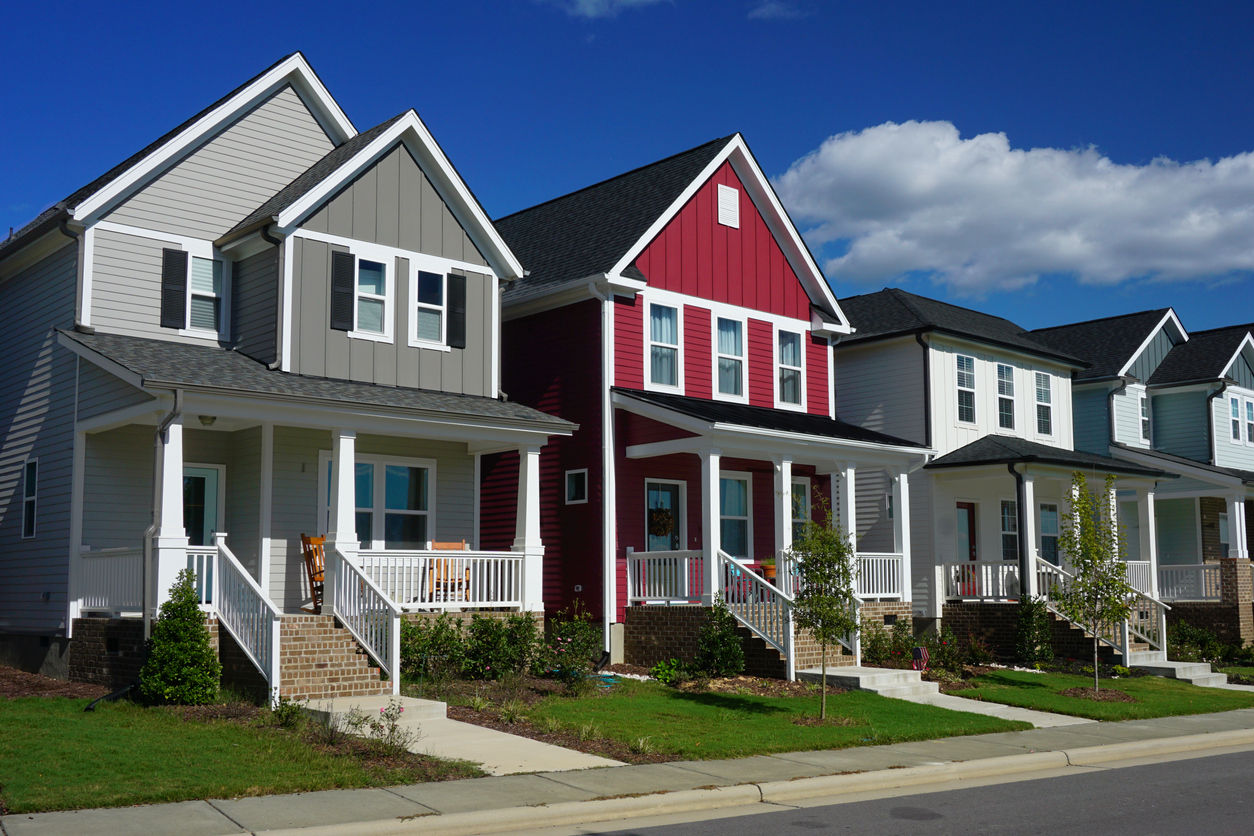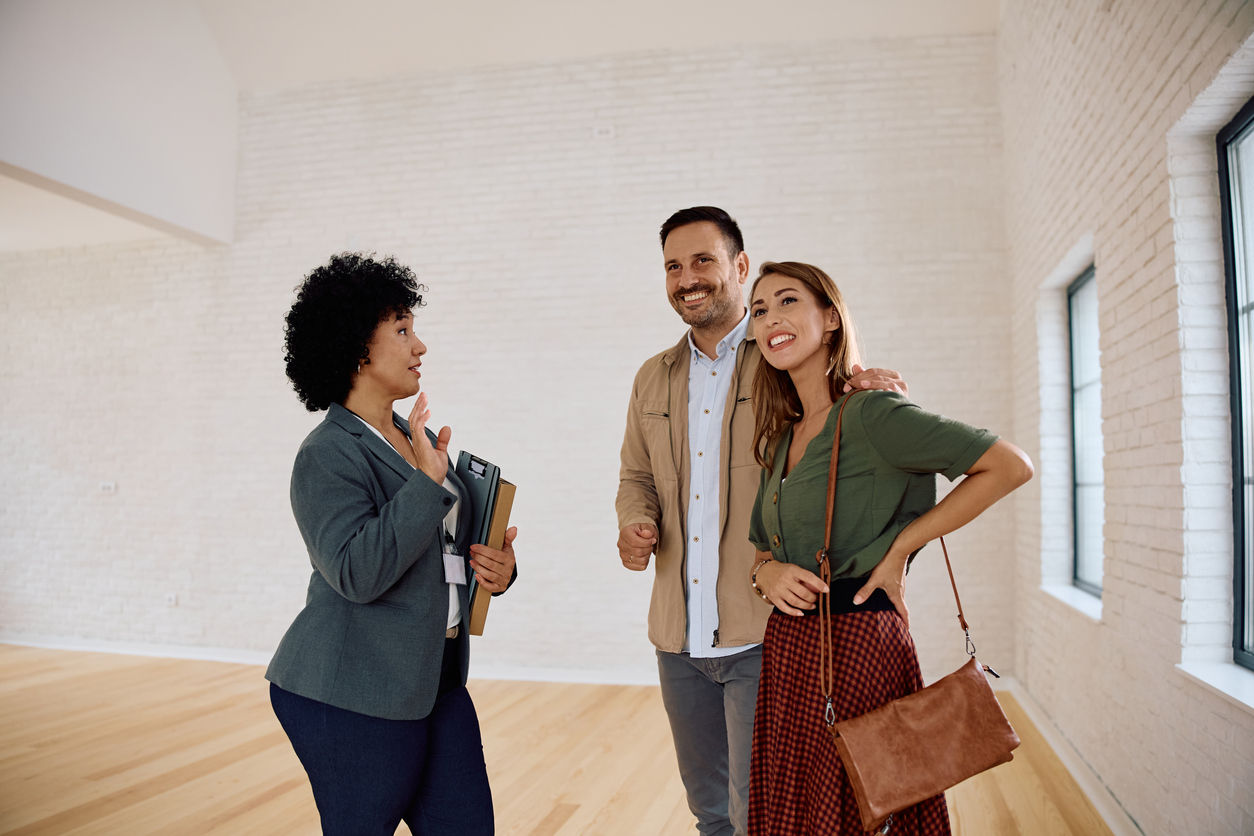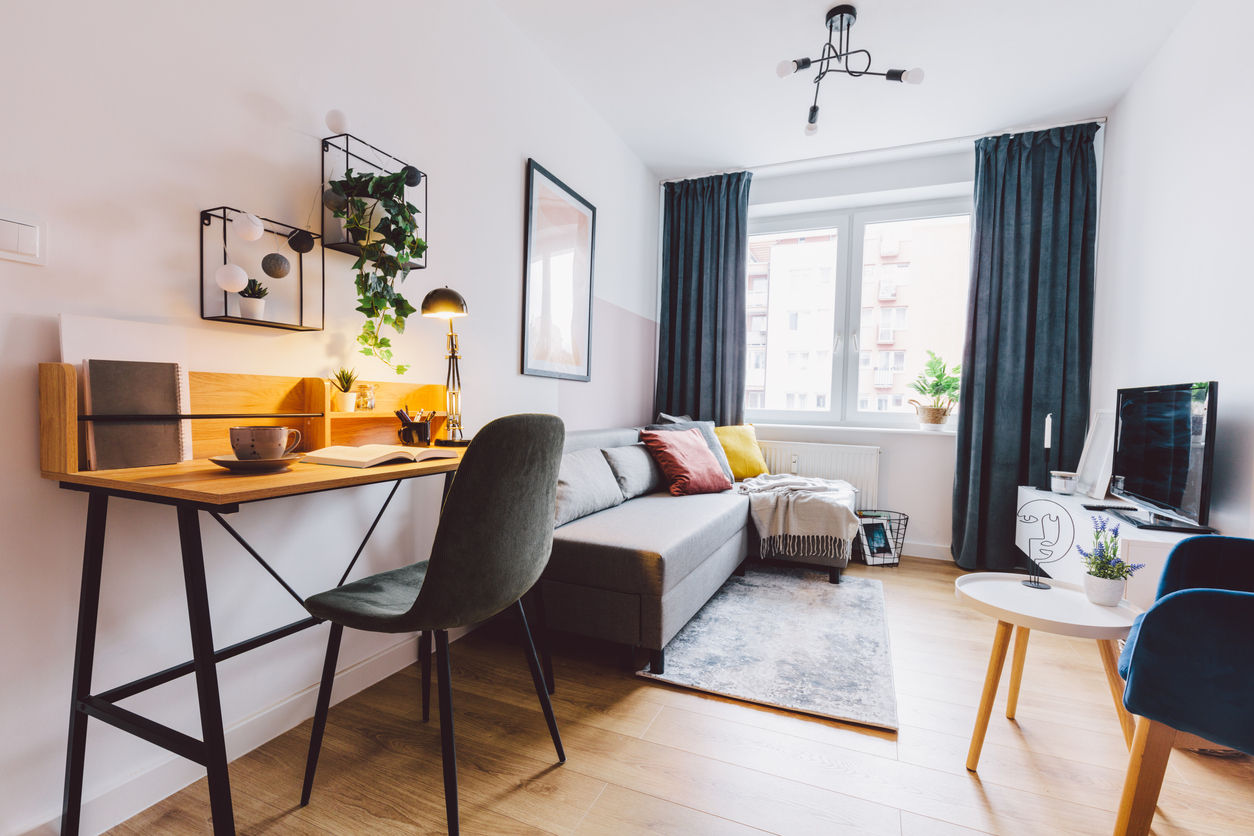Does New Siding Add Value to Your Home?
Siding covers the exterior of a house and provides both protective and aesthetic value. The siding can keep bugs out of your home and prevent exposure to the elements, while also making your house visually appealing.
Installing new siding is one of the highest-ROI projects you can choose for your home when you want to improve curb appeal. Research shows a siding project can have a return on investment of up to 80%.
However, not all siding projects are the same. The type of siding, the necessity of the upgrade, and the local market will all contribute to your ROI and total increased home values. Use this guide to better understand these factors and if a new siding increases property value.
How New Siding Can Increase Home Value
The first step to understanding the value of your siding project is to look into why new siding has an impact on potential buyers.
New siding can boost your home value in multiple ways, especially if your existing siding is worn out or dated. Here are a few direct benefits that you can enjoy by choosing the right siding.
Improved Curb Appeal
New siding creates a fresh, modern look that attracts buyers. If you are planning to stay in your home after replacing the siding, you can take pride in how your house looks. If you plan to list your home immediately, you can attract more buyers through this curb appeal investment.
Exterior renovations can have a significant impact on home sales. Curb appeal can account for up to seven percent of a home’s value, driving up your potential listing price. It can also attract more buyers – especially when captured in professional photos – increasing the number of showings you have.
Increasing your showings also boosts your chances of receiving an offer – or multiple. The result is a potentially faster home sale with competitive bids that are closer to your asking price.
Higher ROI (Return on Investment)
Every home improvement project is unique, but updating your siding can support efforts to increase your resale value. Knowing that most siding projects have a 70-80% ROI gives several homeowners peace of mind knowing their investment is likely to pay off. The new project could also make the home sale faster by increasing demand for the house.
However, the ROI of this project isn’t guaranteed. It depends on the material type, quality of installation, and local market conditions. In a slow market, new siding might not have as big of an impact on sales as many homeowners wish it would.
Enhanced Energy Efficiency
New siding might appeal to the aesthetic preferences of buyers, but it also comes with practical benefits. Certain siding materials can improve a home’s energy efficiency and lower utility bills. This is why insulated vinyl siding is increasingly popular with homeowners.
The impact on your energy bills will depend on the materials you choose, the old siding you replaced, and the energy usage in your home. However, most estimates say an insulated vinyl siding project can reduce utility bills by up to 20%.
Increased Durability and Reduced Maintenance
Buyers might also be drawn to your home with updated siding because it’s one less project they need to worry about. Quality siding can last for 30 to 60 years, with some vinyl siding options lasting up to 60 years.
During this time, the siding can continue protecting the home from weather and environmental damage, keeping everyone safe inside.
Factors That Influence the Value of New Siding
Every siding project will have a different impact on resale value. A replacement project in a house that desperately needs renovating might boost a home’s value more than a simple aesthetic replacement.
Here are a few factors that contribute to the ROI of new siding so you can track how this project will impact your curb appeal.
Material Type
The materials you choose will affect your ROI. It’s harder to recoup the costs of more expensive materials, but the investment could also attract more buyers. Your goal is to find a sweet spot between quality materials choices and understanding your market.
Here are a few materials to consider and their cost.
- Vinyl Siding: This is the most basic option and costs around $5 per square foot. You can also upgrade to insulated vinyl siding to improve energy efficiency in a home.
- Fiber Cement Siding: This is an affordable alternative to vinyl. It usually costs less than $10 per square foot.
- Wood Siding: This option usually costs between $10 to $20 per square foot. Costs vary depending on whether you are buying solid wood or engineered wood siding.
- Brick and Stone Siding: Costs for this siding are usually around $20 to $25 per square foot. You might be able to save money without sacrificing appearance by choosing stone veneer siding.
- Aluminum Siding: This option also costs between $20 to $25 per square foot.
- Stucco Siding: This is similar in cost to vinyl, around $6 per square foot.
Higher-end materials tend to yield a better ROI but come with higher upfront costs. There are also aesthetic elements at play. You might love the look of brick but your buyers might prefer vinyl. Spending a lot of money on niche materials preferences might not have your desired effect on resale value.
Local Market Trends
Market trends will have a big impact on the final ROI of your siding project. In a hot market, buyers might not care about the siding because they are trying to bid for a limited number of homes. In a cold market, a new siding project might not attract as many potential buyers as you had hoped.
Market trends can also determine what types of siding are popular. You might live in an area where wood siding is popular, which means your vinyl siding doesn’t have a strong positive impact. Meanwhile, vinyl siding could be a popular option in other parts of the country.
Consider the market in your area along with home design trends. This can guide your siding choices.
Age and Condition of Current Siding
The existing siding is one of the biggest factors to determine whether investing in new siding is worth it. Consider whether your current siding is old, damaged, or aesthetically outdated. The worse off the siding is, the more value you will get from replacing it.
If you are replacing newer siding or siding that is in good condition, the changes in home value might not be as noticeable.
Neighborhood Standards
Buyers may expect certain types of siding depending on the neighborhood. If you are replacing the siding with updated options that match other homes on your street, then this project may be worth it. However, if you are deviating too much from local norms, you might actually reduce the home’s value.
In most cases, people don’t want their homes to stick out. They don’t necessarily want a much larger or nicer property on a street, and they also don’t want to buy the house in the worst condition. Consider what is normal in your area and try to match it.
Types of Siding and Their Impact on Value
Homeowners have more options than ever when it comes to choosing siding for their homes. Basic vinyl siding can give your home a quick makeover while steel siding can protect your house from dangerous weather conditions. Here are a few options to explore and when they are used.
- Vinyl Siding: This is the most affordable and low-maintenance option for your home. It is popular because of its low price and ease of installation. This could be a good choice if you are primarily focused on getting a decent ROI on the project when you sell.
- Fiber Cement Siding: This option is more durable and fire-resistant, and comes with a higher ROI than traditional vinyl. It also mimics the look of wood, which appeals to buyers seeking a modern or high-end aesthetic.
- Wood Siding: This option is attractive and environmentally friendly but requires more maintenance. It also creates a higher ROI target because the materials are more expensive.
- Brick Siding or Stone Veneer: These options offer a luxurious, timeless look with great durability. Stone siding is expensive upfront, but may significantly increase home value in upscale markets. This is also the right siding choice if you want to keep living in your home for a few years before selling it.
- Metal Siding: This option is modern, durable, and energy-efficient but less common in residential properties. You also may sacrifice style in your siding choice, negating your home’s curb appeal improvements.
- Stucco: This is popular in certain regions, such as the Southwest, due to its energy efficiency and aesthetic appeal.
If you live in an area with a homeowner’s association (HOA) check to see if there are any siding requirements. You may be limited in the colors and materials you can use.
How Much Does It Cost to Replace Siding?
Once you have an idea of your siding needs and ideal materials, you can estimate the ROI that comes with this project. Start with a final total of project costs and consider what you can recoup from the final bill.
In 2025, it costs $11,000 on average to replace siding. This starts at $5,000 on the low end and can exceed $17,000 on the high end. While labor costs will vary from one region to the next, the materials you choose will have one of the biggest impacts on your project plans. Larger homes require more siding, thus increasing costs. Higher-end materials will also cost more. Here is an average project cost based on material type:
- Vinyl Siding: $6,000–$13,000
- Fiber Cement Siding: $12,000–$20,000
- Wood Siding: $14,000–$25,000
- Brick Siding: $25,000+
If you spend $11,000 on your siding upgrade and hope for an 80% ROI, then you would expect to get $8,800 in increased home value. However, there are additional ways to recoup your costs.
Look into government rebates at tax credits for investing in energy-efficient siding. You may be able to get back up to 30% on your siding materials, up to $1,200. If you qualify for this tax credit, then your target ROI is lower.
Consider energy efficiency when choosing from your siding material options. Upgrading to insulated vinyl siding could give you a higher ROI than simply choosing the cheapest option.
Is Replacing Existing Siding Worth the Investment?
If you aren’t sure whether replacing your siding is a good idea, consider how the project will affect your home. If replacement siding can improve your home’s curb appeal and attract potential buyers, then it might be worth the cost. If your current siding is damaged or worn out, this project could be good for both selling your home and improving your insulation.
Curb improvements can have a high return on investment, especially if you balance cost with quality materials. Look into mid-range materials that will last and look good. That way buyers can see that you cared about the project.
Also, consider how this project will affect how people perceive your home compared to others on the street and the city where you live. Greater market conditions could make this decision for you. Talk to a real estate agent if you need insight into whether you should replace your siding. They can give you advice based on your specific home and speak to the value of new siding on a market level. Whenever you aren’t sure how to move forward, an expert agent can offer advice.
Turn to FastExpert to find a Realtor near you. Explore profiles from top agents in your area. Take the first steps to make any home improvements you need to sell your house.





